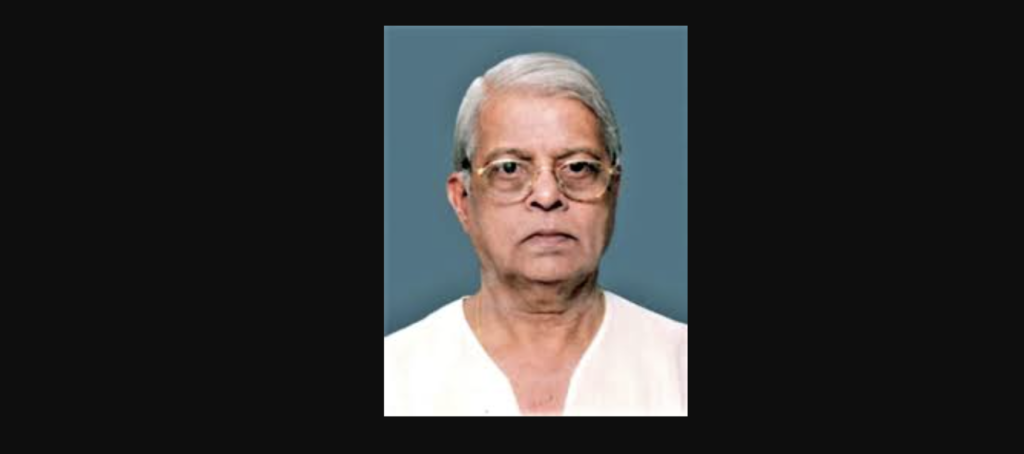Those were the days when before a movie hit the theatres, big posters, banners and hoardings announced its arrival. Bollywood’s yesteryear publicity designers were responsible for giving them a larger-than-life appeal. There was no 24 by 7 media then and the poster of the film in itself was one of the most potent mediums of promotion. One saw the heroes, the villains, the heroines all in full glory in the handmade film posters created with much love, creativity and labour. Yet in today’s film world, there is hardly any mention of these great poster artists who have actually helped make many a career.
Among those who created those iconic figures of actors,including booklets for films for over two decades, between 1960s to 1980s was Diwakar Karkare, one of the most prolific and respected artists. In his heyday, he could be ready with publicity material for up to five films every week. With more than a thousand films to his credit,his creative imagination and skilled hands created posters for films like the iconic Waqt, Don, Sholay, Silisila, Satyam Shivam Sundaram, Suhaag, Naseeb, Kabhie Kabhie, The Burning Train, Deewaar, Amar Akbar Anthony, Don, Jaane Bhi Do Yaaro, Kaala Patthar, Benazir, Mard, Eeshwar, Swami, Johny Mera Naam, Bandini, Chandani, etc. The first film that Karkare loaned his artistry to was Bandini (1963) directed by Bimal Roy and his last was designing K Vishwanath’s Eeshwar (1989).
Considered nothing short of a genius in his field, this JJ School of Art, Mumbai, alumnus, Diwakar was trained in both commercial and fine arts, but when it came to film poster designs, he was a purist. Though he worked mostly with oil paints and water colours, he was versatile with a variety of techniques and materials.
His oil paint poster designs seemed like photographic stills. He often produced many of his posters in gouache.He sometimes employed a distinctive signature technique, called ‘over-painting’ for which he used palette knives to paint over photographic images, creating a dramatic and vivid effect, which turned them into quasi-painted posters, and became a hit. At times he used charcoal to underline the film titles. Notably, he was responsible for bringing Amitabh Bachchan’s ‘angry young man’ avatar alive on posters that he knife-painted to create the rugged look.
Remember those beautiful strokes in Silsila evoking the romance, the passion, the unfulfilled love stories, with all characters merging into one another? And that of Kaala Patthar conveying the angst and the dark world of its characters or the thrill, the energy, the chase of its character coolly conveyed in the Don poster. And of course the iconic Sholay, considered Hindi cinema’s milestone film? He would often pitch to distributors and producers on how to convey entire storylines in one poster. His posters were popular abroad too.
He established Studio Diwakar in the 1960s and became the highest-paid designer in the industry. But eventually, in the 1990s, most of the art switched to photos and photoshop. With the digital takeover, Karkare’s art was relegated to history. The trade, to him, had no creativity left and had become mechanical. He chose to retire, shutting his studio, in the late 1980s, andsettled in Pune, but continued making portraits for individuals and institutions.
He was hugely respected in Bollywood, especially by Bimal Royand Raj Kapoor. However fickle Bollywood played up. Despite a long association with filmmaker Yash Chopra, he wasn’t invited for the 25th anniversary of Yash Raj Films. He had opined, “I don’t regret losing touch. I have made peace by cutting ties with Bollywood.” He was forgotten. Vintage poster man Diwakar died in Mumbai on 5 January 2021, due to age-related complications at the age of 90. He may have long disassociated with Bollywood but his art is historic and the nostalgic sentiments will stay on forever.


 [/column]
[/column]